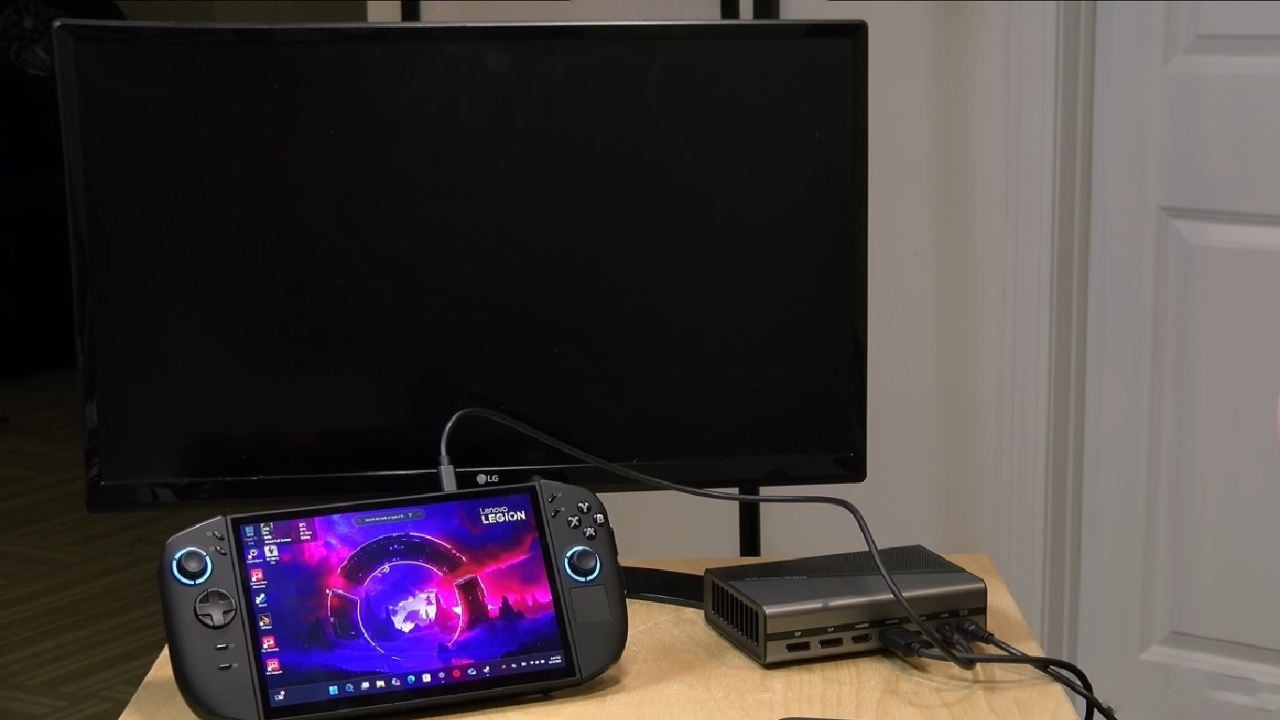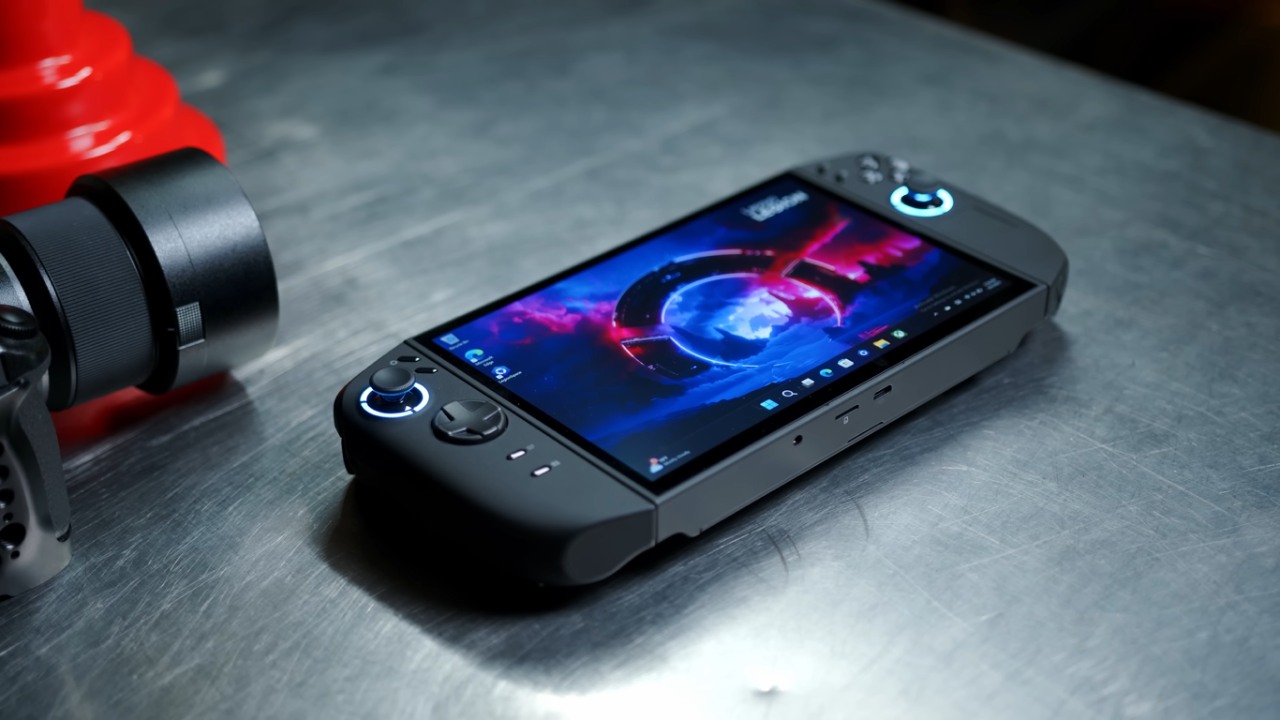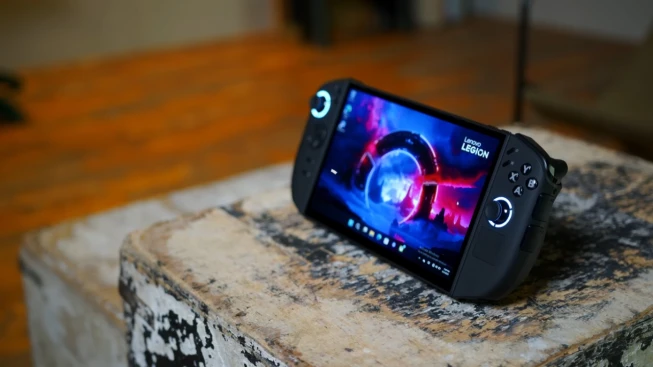With Thunderbolt-compatible USB4 ports, the Legion Go 2 enables seamless integration of external GPUs for enhanced graphical output. This capability unlocks new potential for mobile gamers who prioritize both portability and high-fidelity visuals, allowing them to enjoy desktop-grade rendering without sacrificing mobility.
By linking to an external GPU, players can achieve improved frame rates, sharper image quality, and greater stability during demanding titles—transforming the handheld into a versatile hybrid system. The device effortlessly transitions between handheld and docked configurations, maintaining performance adaptability across scenarios.
.jpg)
Configuring External GPU Hardware
Initial tests utilized the GMKtec ADGP1 enclosure—a $500 solution housing an AMD RX 7600M XT GPU. This external unit significantly outperforms the integrated Z2 Extreme chip, offering 8GB of dedicated VRAM. The single-cable design simplifies connectivity by simultaneously powering both the handheld and enclosure.
Upon connecting to the Legion Go 2’s upper USB4 port, charging commenced immediately. Windows required supplementary driver installations for full hardware recognition, after which the RX 7600M XT’s resources became fully accessible.
Display Optimization Techniques
Maximizing bandwidth efficiency necessitated disabling the internal display while prioritizing external monitor output. Simultaneous multi-display operation imposes Thunderbolt bandwidth constraints, making exclusive external display use critical for peak GPU utilization.
Switching to single-display mode automatically disabled the handheld screen during docking. While desktop applications tolerated hot-swapping, active games required full restart after reconfiguration changes.
Performance Benchmark Analysis
3DMark Time Spy results demonstrated dramatic improvement: docked configurations scored 9,493 versus the native 3,999. Frame rate metrics corroborated these gains, highlighting the RX 7600M XT’s computational prowess. Power consumption remained within the 240W envelope, averaging 215W during stress tests.




Practical Gaming Evaluation
Testing No Man’s Sky at 4K resolution with enhanced settings yielded consistent 60 FPS performance. Minor stuttering occurred during procedural generation sequences but didn’t disrupt overall playability. Detaching controllers for tabletop mode maintained system stability, though abruptly disconnecting mid-game caused immediate crashes—underscoring the importance of proper hardware management.
Docking Dynamics and Design Considerations
The GMKtec ADGP1’s compact form factor contrasts with bulkier Thunderbolt enclosures housing full desktop GPUs. While offering substantial power, users must manually adjust display settings when switching modes, as automatic detection remains inconsistent.
The Legion Go 2’s lower USB4 port becomes inaccessible when using the built-in kickstand, necessitating angled connectors or aftermarket stands. Alternate models like the Legion Go S improve port placement by positioning both connections at the top.




Conclusion
The Legion Go 2’s eGPU compatibility bridges mobile and desktop gaming, with GMKtec’s solution offering clean integration via single-cable power and data transfer. While mode-switching requires manual adjustments, this setup provides a cost-effective alternative to building separate gaming systems, appealing to users valuing both portability and performance scalability.

